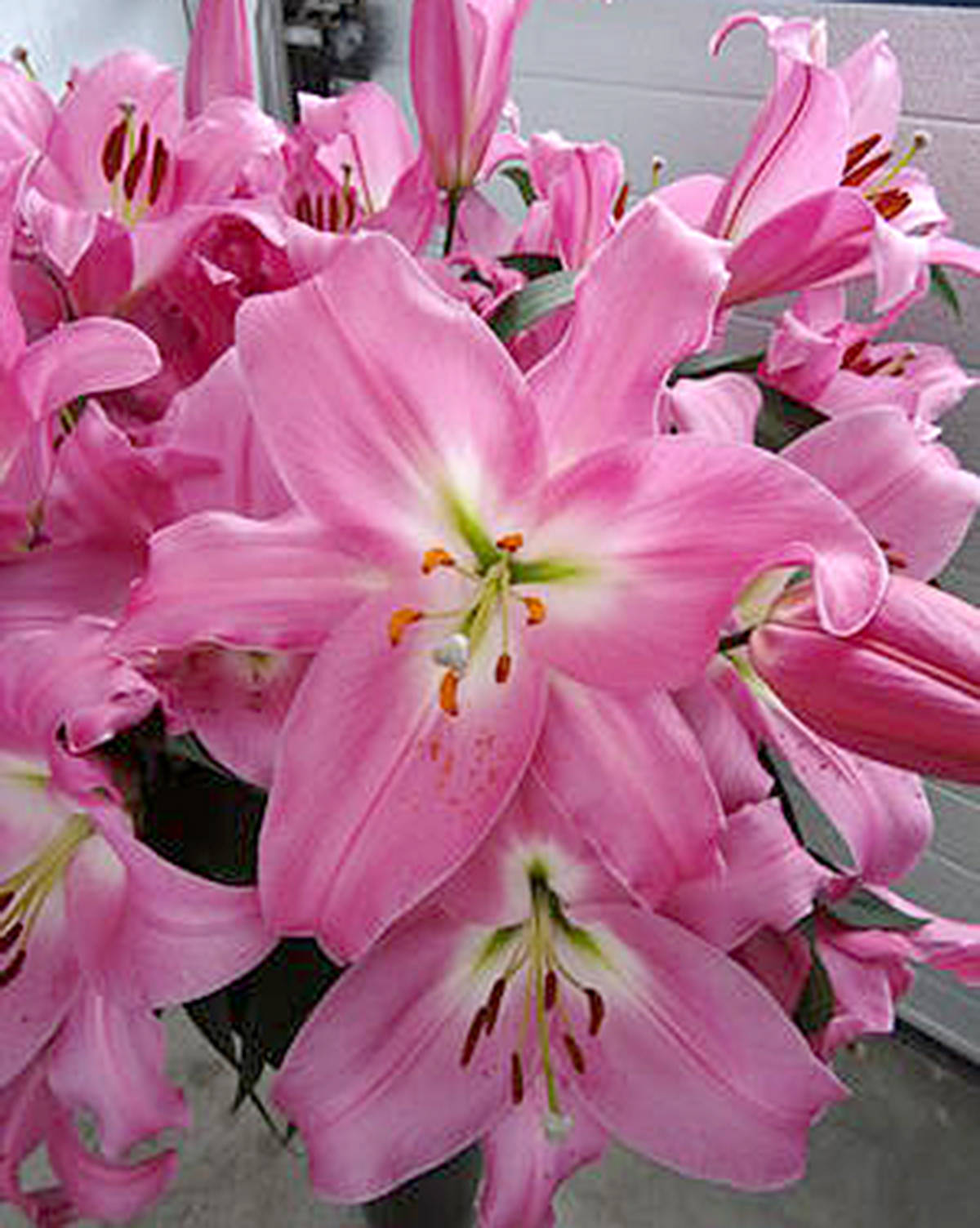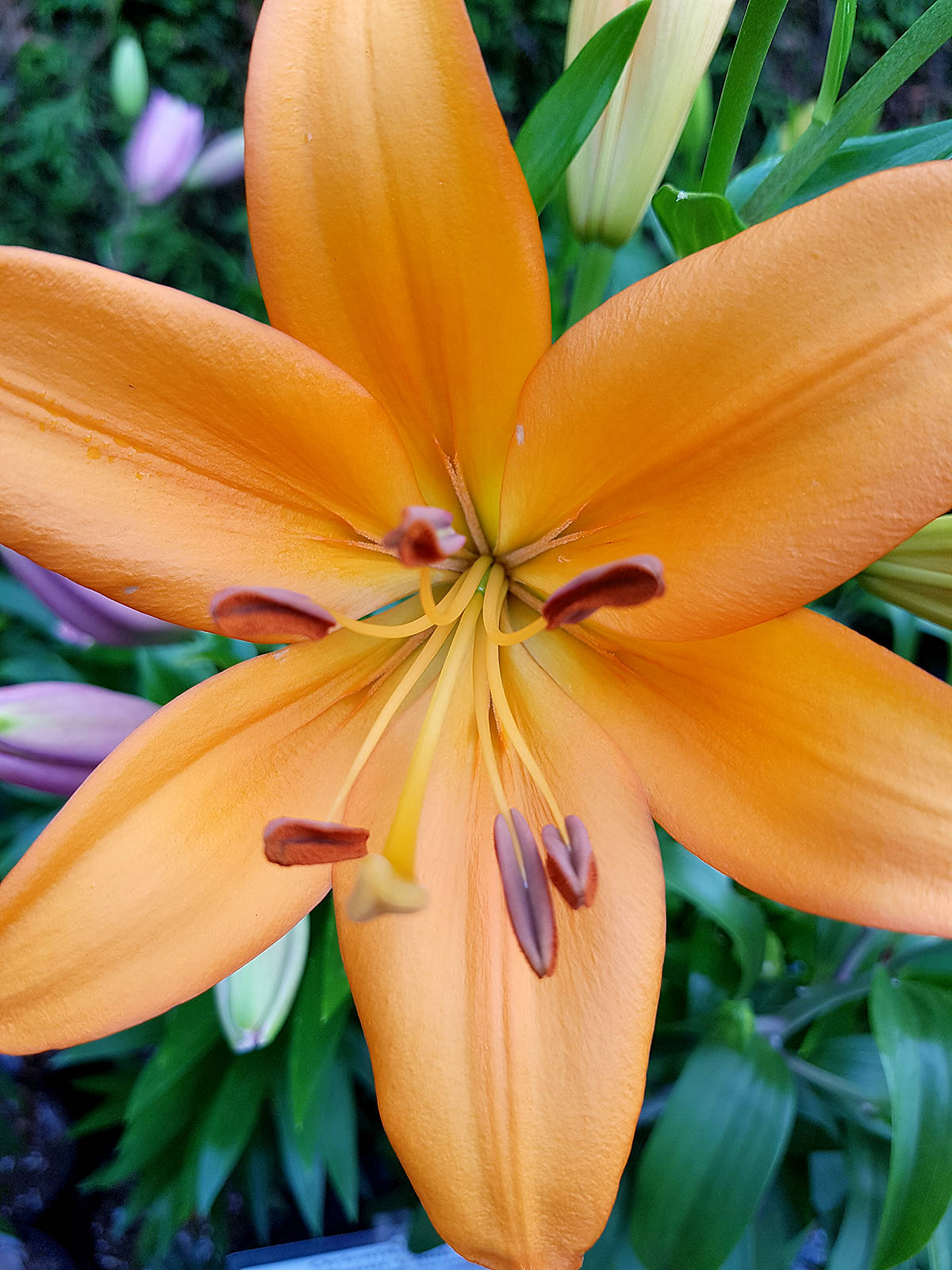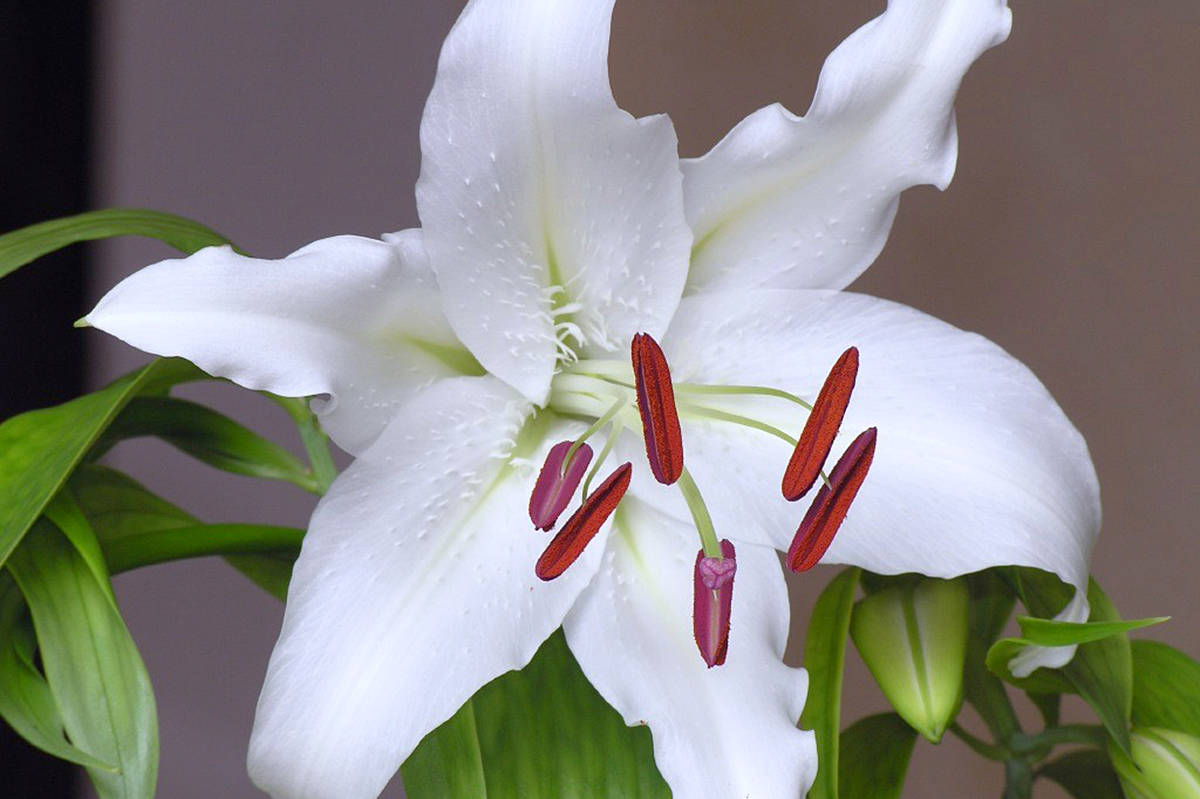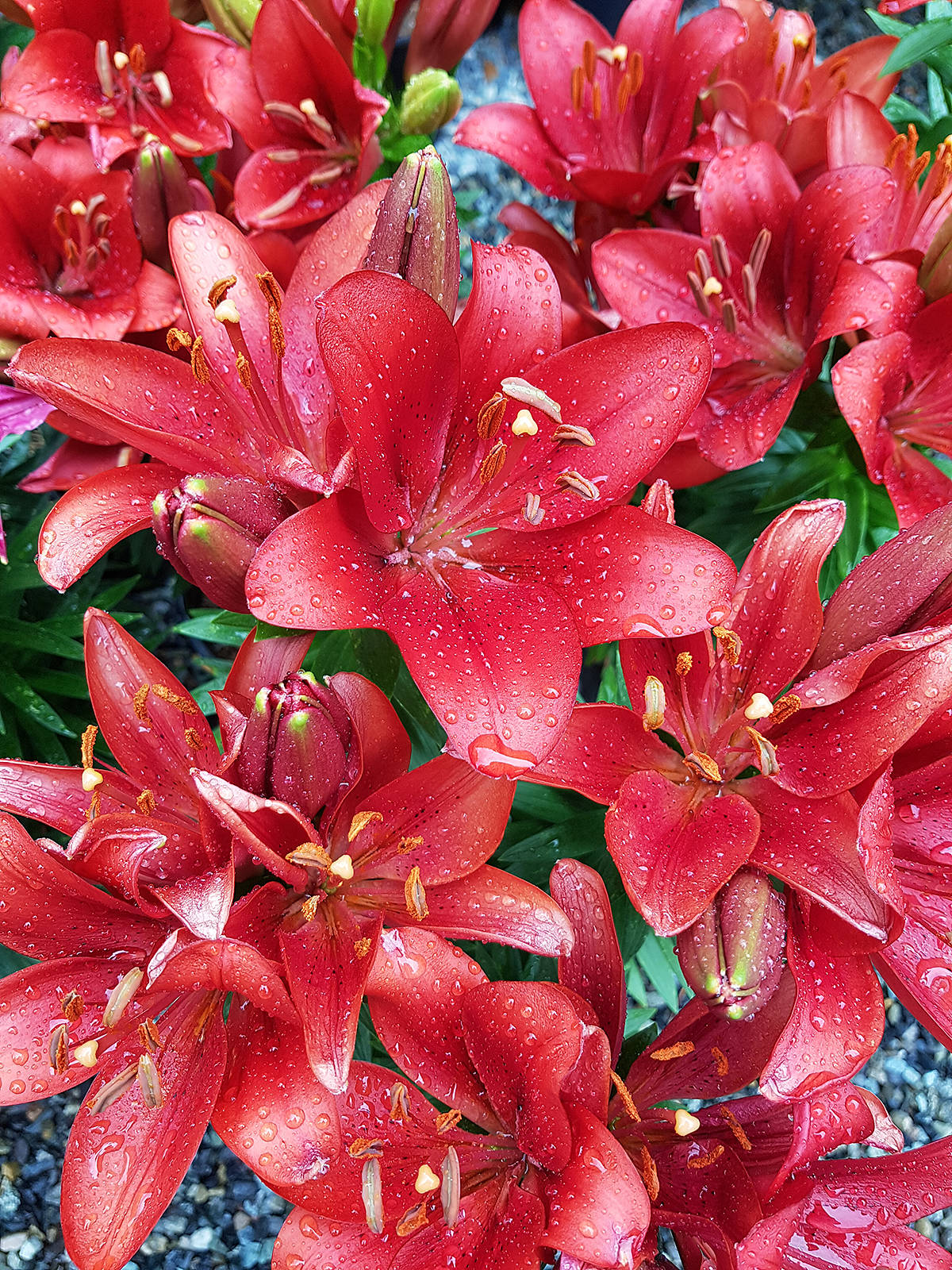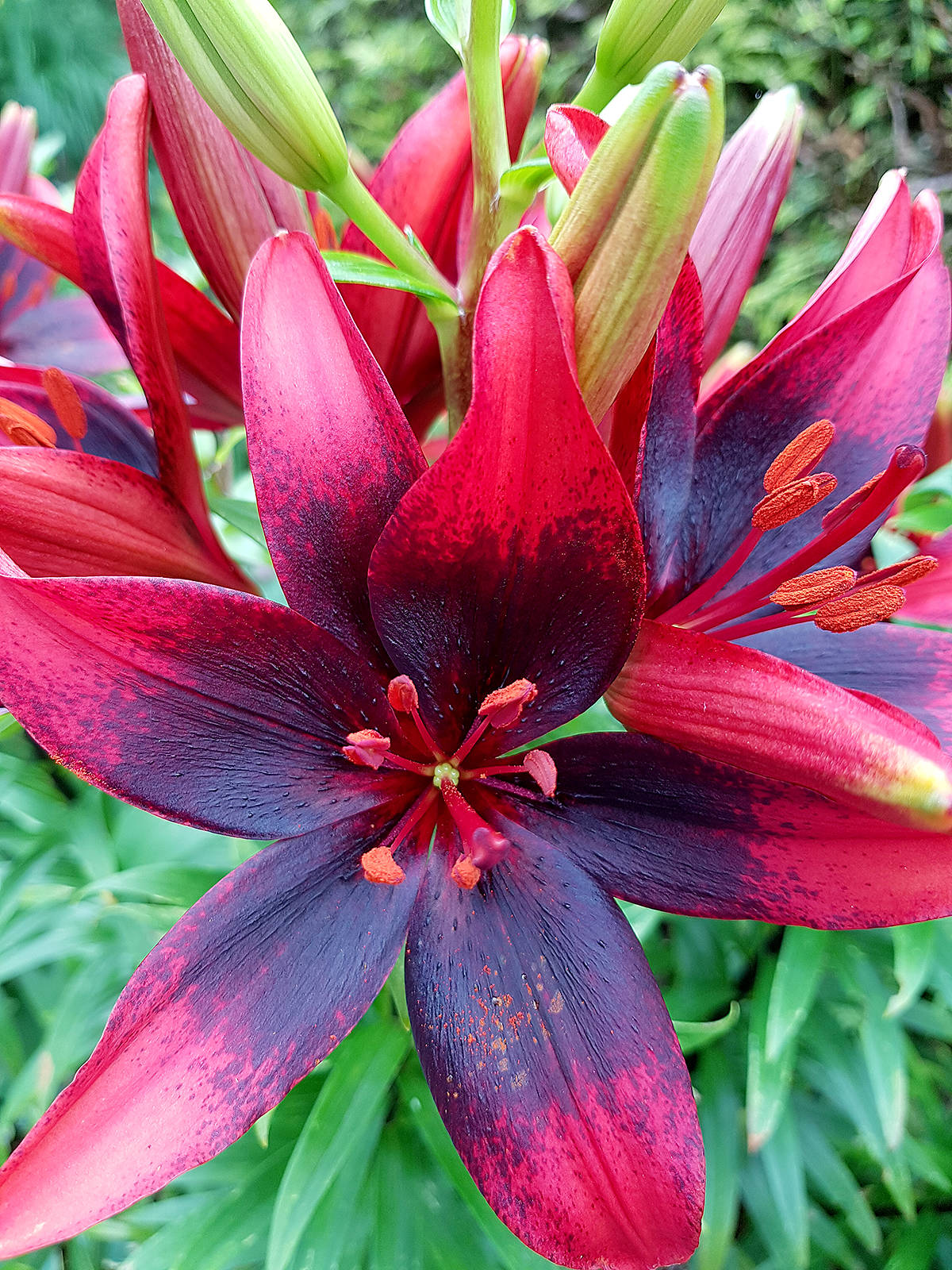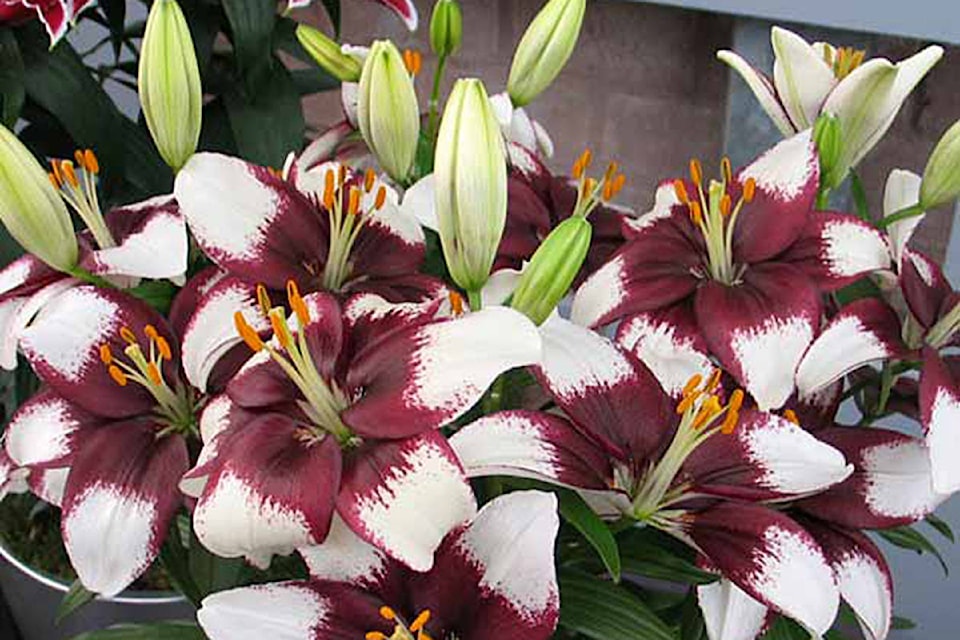by Pam Erikson/Special to the Langley Advance
Lilies, lilies, lilies!
Even though we are well known for our daylilies, the true lilies will always have a place in our garden.
We are asked about the differences all the time, so here is a guide to help you understand them better.
Keep in mind that lilies love full sun and good drainage.
They are excellent plants for drought tolerant gardens as they require minimal watering.
• Asiatic lilies – these beauties are the earlier bloomers, flowering from mid-June to mid-July in a normal year.
They come in all heights and colours, many with stunning, contrasting eye colours and they have no fragrance.
I personally love the dwarf varieties, as I can tuck them into all kinds of spaces for a extra splash of colour.
Some personal favourites are Tiny Padhye (white with deep purple centres) and Tiny Comfort (hot red) in the dwarf category and Olina (crimson red with a black centre), Lion Heart (yellow with a black centre) and Forever Susan (orange blooms that grow in clusters with dark brown centres!) in the taller selections.
• Longiflorum Asiatics – these are hybrid crosses between the Asiatic lilies and the old-fashioned Easter lilies.
They tend to be taller (about 48 inches), have larger flowers and a slight fragrance in some (very, very slight). Excellent selections in the LA series are Eyeliner (a tall white with a slight purple edge), Royal Sunset (beautiful blend of orange and yellow), Samur (pink and white with a raspberry centre) and Madrid.
I particularly love Madrid with its soft mandarin orange-peach colouring.
• Oriental lilies – these are the undisputed queens of the August garden.
Oriental lilies are later blooming (usually after all the Asiatics have finished); are usually taller (although there are a few spectacular dwarf varieties now) and have amazing fragrance.
Exceptional varieties include Tigermoon (white and yellow with heavy purple speckles), Jaybird (soft pink with a striking red stripe), Casa Blanca (the classic pure white) and Hotline (another white but with a picotee pink edge).
• Trumpet lilies – also later blooming, these lilies are the only ones we find need staking in the garden.
Large trumpet blooms are produced on tall stems with a heady fragrance.
Our favourite has always been Regale, with her big white flowers and purple striping onvthe underside.
• Orienpet lilies – now these are amazing!
Orienpets are hybrid crosses from the Oriental lilies and the Trumpets and carry the fragrance from both their parents.
Great strides have been made in the hybridizing of these beauties.
Table Dance (pure pink) and Shocking (yellow with a huge red eye) have long been big favourites, but the number one with all our visitors is the spectacular Conca D’Or, a white and yellow blend that easily can reach eight-feet tall in her third year.
When I am asked if we have to stake Conca D’Or, I always respond with “No, we use her as a stake.”
All the lilies make such a wonderful statement in the garden, either in the beds or in containers.
Feed them a good, well balanced slow-release fertilizer in the spring when they are about three-feet tall; trim off the finished flower heads after blooming; feed again at bloom time with a rose-type fertilizer (something similar to 3-15-6), as this will provide more phosphorus to help the bulb recover from blooming and build up strength to grow for next year and produce more bulblets.
Then, leave the foliage in place until it has turned completely brown (usually late summer).
Then you can cut the stems down to about three inches (I leave this much as a marker in the garden so I don’t accidentally dig there and end up with bulb casualties).
Each year, the bulbs will multiply and get larger. As they grow, they produce more flowers on the stems.
Lilies are very little work for a very large reward.
– Pam Erikson is owner of Erikson’s Daylily Gardens and Perennials and president of the Langley Garden Club.
